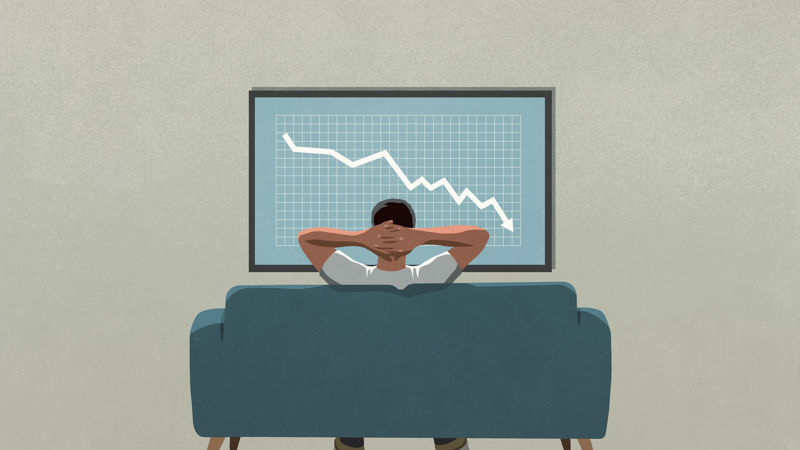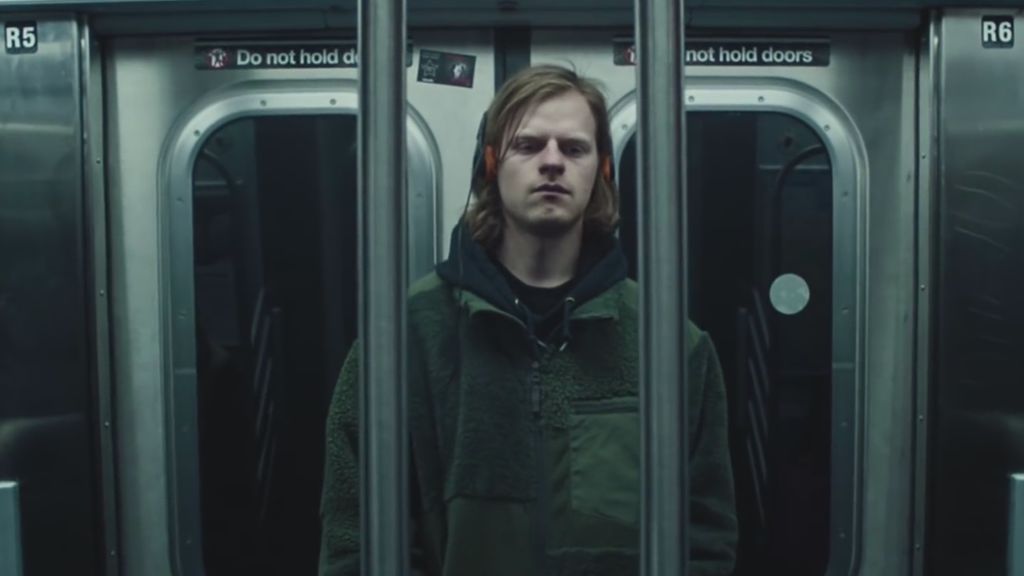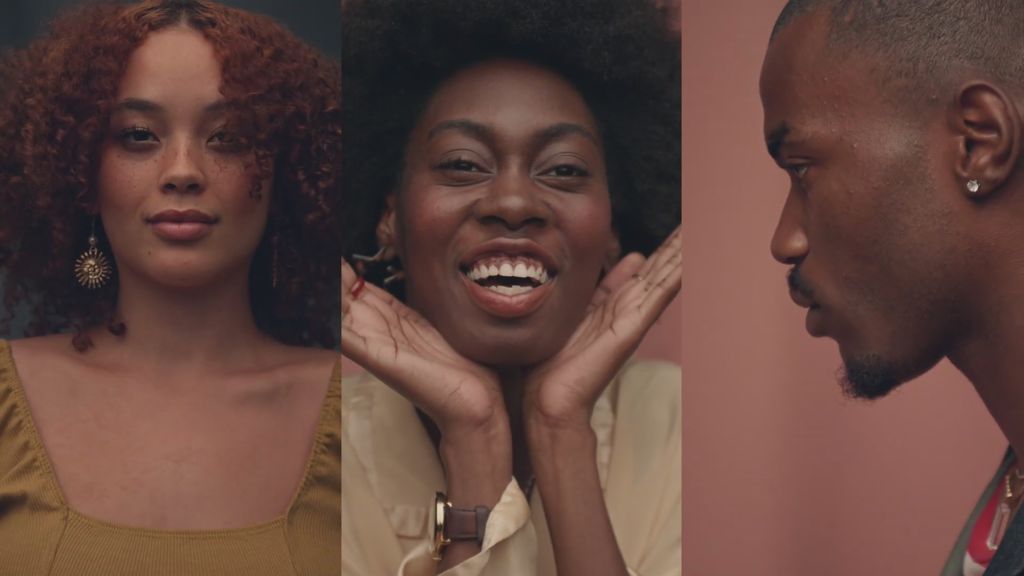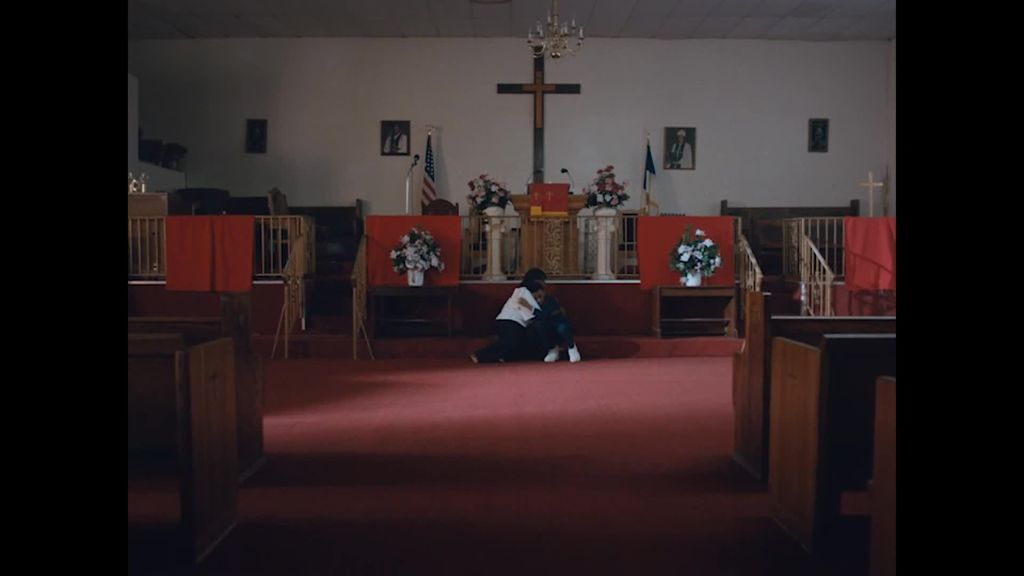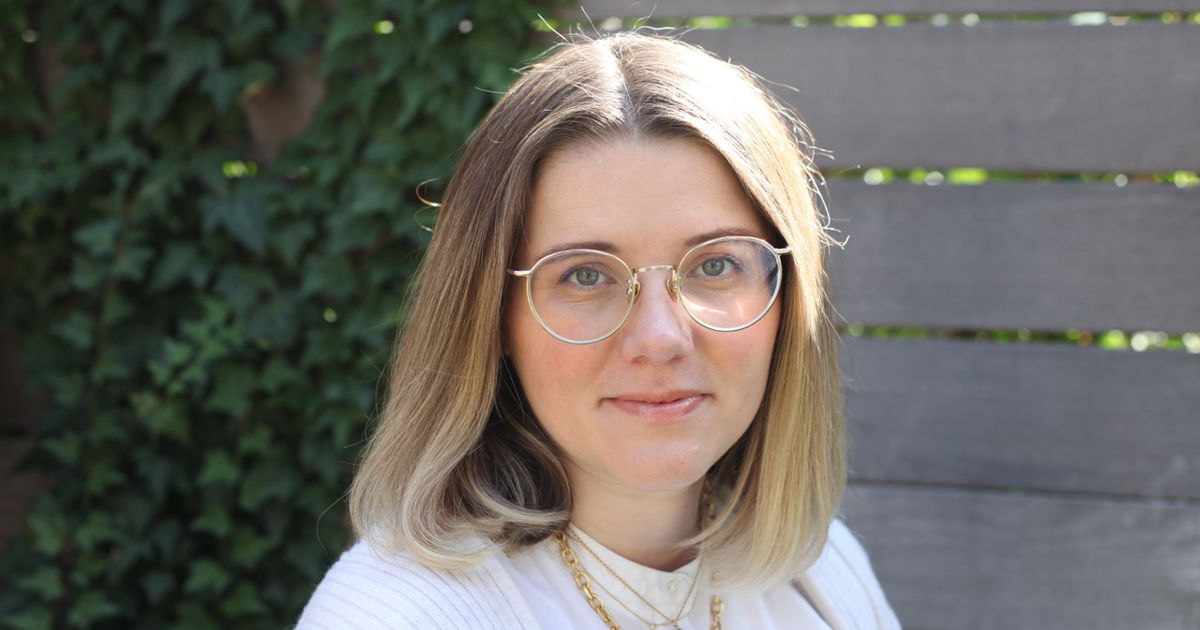Racism, rosters, and what you can do
In the months since the deaths of George Floyd, Breonna Taylor, and Ahmaud Arbery, many of us have confronted our industry’s continued sidelining of BIPOC talent—and the realities are harsh. Managing Partner of m ss ng p eces, Kate Oppenheim, reflects on how leaders can change the industry for the better, right now.
Directors of Color are wildly underrepresented at production companies and in the wider advertising community. Urgent changes must be made to bring BIPOC talent to the table.
The recent scramble to attract and sign diverse talent to production companies reminds me of some of the conversations I heard in 2016 when Free the Bid launched. So much of the griping and vitriol that was directed at the shockingly ‘radical’ idea that a woman would be included in each bid pool is considered unacceptable today. “If they were talented, I would sign them,” is not an excuse I’ve heard recently, but let me remind you—I had this conversation only four years ago.
Since then we’ve seen a tremendous increase in representation of women directors in our industry, and I believe that even faster progress is possible for BIPOC talent because the road has been paved for change. The strides we’ve made at m ss ng p eces to create an inclusive roster have taken sustained and intentional commitment. I’m sharing my thoughts here with the acknowledgement that I have had incredible privilege in my career as a white woman, and know that I’m largely speaking to other white company owners today.
“Her work isn’t ‘commercial’ enough”
Traditionally, production companies had very similar priorities when it came to building a roster and signing new talent. They looked for directors who already had high-profile work on their reels that fit the prevailing commercial sensibility, leading to largely homogenous rosters.
In order for us to break out of that thinking, we need to shift our priorities regarding output. If we want to deliver on authenticity, we need to change the person telling the stories. This seems obvious now, but for a long time this perspective was not embraced by the industry. Instead, demands for “authenticity” were usually put on the brand and, unfortunately, the expression of those big ideas continued to be directed and produced by the same folks, over and over.
Anti-racism has to be essential, active work. Many things we assume are ‘normal’ are vestiges of a profoundly flawed society.
Now, we must prioritize diverse voices and value their skills equally. ‘Inclusion’ is not about checking a box. It has to be about creating opportunities for directors of all backgrounds—whether they’re queer or femme or Black or brown, Asian or South Asian, immigrant or Indigenous.
Inclusion also means accounting for a diversity of values and opinions, and helping center those differences. One complaint I hear from a lot of underrepresented directors is that they only get asked to do the “female spots” or the “Black commercials.” The irony of this is that, for decades, there was only ONE kind of person making commercials for EVERY kind of person. There’s no reason that a Black woman can’t make a toothpaste commercial with the same skills that will allow her to tap into profoundly different emotional truths and stories about her own lived experience. Both skills are valuable, and directors deserve both types of opportunities, regardless of their identity.
Crown Royal – If You Want Me To Stay
Wale – Sue Me
Tinder – Black Love Is
Be as uncomfortable as your talent every day
As a white person, I’ve found that a huge part of cultivating and maintaining diversity and inclusion is listening. Listen to talent when they tell you what they want out of their work, or tell you about experiences they’ve had with agencies or clients or people on set. Trust what they’re telling you, help solve problems, and activate policies to shape things in a more inclusive way.
We must remember that, as production companies, we are here to facilitate the director’s vision and to be their ally. To help them navigate challenges. Directors will always have a need for information about production and creative, but introducing diversity from the beginning of the work almost certainly brings new challenges. Those might be anything from being repeatedly mistaken for a PA, to having a casting choice whitewashed, to getting shooed away by a security guard who didn’t think they “looked like someone who should be on set.” These are real, lived experiences that need to be accounted for in the process. While many people have their own version of imposter syndrome, and it manifests in different ways, it’s up to us to recognize that BIPOC directors are facing special challenges. Understand and believe what they have to face and help them navigate clients and agencies (and sometimes their own crew!) with this in mind.
There is no ‘final’ stage of fostering diversity. We should always be looking for ways to widen the circle, bringing more people and more voices into our communities.
There are some really simple things everyone can do to make sure that they’re hearing from people who view the world through a different lens. One of the easiest is to follow as many BIPOC, queer and feminist voices as you can on your social media and news feeds. Read their perspectives on world news and things that happen in the industry. Their reactions may be different from yours—they may be unsettling or make you uncomfortable—but I’ve found that I have always learned the most from peering into the gaps between my perspective and theirs. Anti-racism has to be essential, active work. Many things we assume are ‘normal’ are vestiges of a profoundly flawed society. The more we notice them, the more we can change—even quietly.
Rosalia ft. J Balvin – Con Altura
Pyer Moss – Seven Mothers (2:37)
No excuses
If you’re in a position to award jobs, or hire new directors, actively seek diverse creative voices. Use resources like Free the Work, festivals, workshops and awards programs, as well as projects like Change the Lens, Bid Black, Scope of Work, and more. There are several non-profits working on creating better pipelines for talent across creative production disciplines via industry organizations like the DGA and the AICP. It’s worth remembering that unpaid internships, freelancing, and working in the arts is high-risk and only viable for people of privileged economic backgrounds. We have to actively look for ways to pull talent in and up.
The reality is that our industry has an absolutely dismal track record. Offices and sets full of whiteness for decades have led to exclusionary and racist practices that must end. As an industry we are years, or even decades, behind anything that could be considered meaningful change. Despite being populated by so many people with ‘good intentions’, as a whole, we have not shown up to do the work in our own spaces.
Inclusion also means accounting for a diversity of values and opinions, and helping center those differences. O
There is no ‘final’ stage of fostering diversity. We should always be looking for ways to widen the circle, bringing more people and more voices into our communities. This constant search for progress does not necessarily signal our failure, but our success. Where it is intentional and consistent, it will help us and our companies begin to foster reputations among talent for nurturing and inclusive cultures. There is always going to be room for improvement and growth. Being open to hard conversations and welcoming to new voices will continue to make us a more inclusive, diverse, better, stronger and more creative home.
The next time you’re faced with the decision to sign someone, don’t just think “does this director fit my roster?” Instead ask, “does this director reflect a future I want to be a part of?”
)

